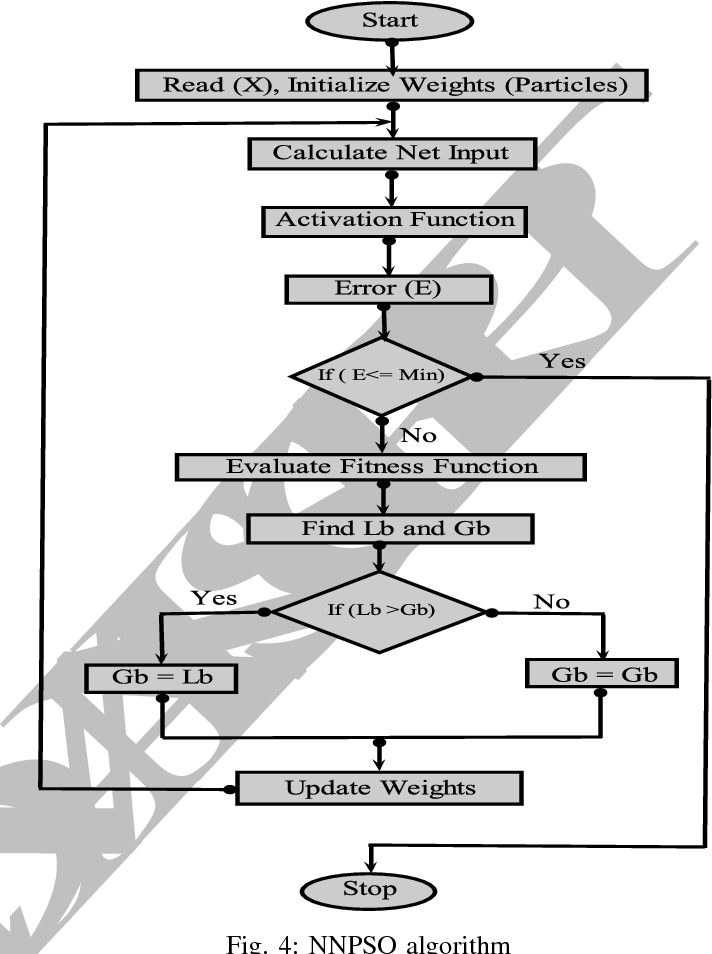
MLOps is an acronym for Machine Learning Operations, a practice that combines the continuous development practices of DevOps with machine learning. This article will examine the benefits and how to implement ML into your cloud environment. It also explains why you should consider implementing ML in your company. This discipline has a lot potential for growth.
ML is an engineering discipline
ML as an engineering discipline has both advantages and disadvantages, and it requires engineers of many backgrounds to excel at it. The field is young and highly-interdisciplinary, so the pool of potential ML engineers is not large. You must be open to learning from mistakes in order to succeed in this field. Thomas Edison didn't create the first light bulb. The field is rewarding, however. It is essential to understand what ML is and how it differs from other engineering disciplines.

ML is a software engineering discipline
ML differs from other software engineering disciplines in that it is not only code. It is data plus code. ML models may be built by applying algorithms to training datasets. These models depend on the input data at prediction time. ML, aside from the data, requires a lot more testing. It needs rigorous statistical testing. You must be familiar with data validation in order to develop an effective ML model.
ML as a Cloud Platform
The HPE GreenLake platform allows for enterprise-grade ML Cloud Service. It enables rapid ML models development and deployment through an optimized hardware platform powered by HPE Ezmeral ML Ops. The cloud-based service makes it possible to quickly prototype your ideas in a self-service environment. This allows you to avoid IT delays and assure repeatability. This cloud-based service is also designed to eliminate the time and cost complexities involved in maintaining and scaling your own ML infrastructure.
ML is a framework
Numerous benefits can be derived from ML as a framework to support ML operations. Only a well-built machine learning model can deliver real results. MLOps is a group of components that allow ML models to be produced and comply with security and compliance regulations. We will be discussing the benefits of MLOps for ML operations. For the main benefits, read on.
ML is a service
Machine learning is made possible by ML as a Service (MLaaS). It can analyze data and identify patterns, helping users make better decisions and make better use of their resources. Companies like KIST Europe have successfully tapped MLaaS to optimize their quality management processes. Automated models can collect data from scales, other equipment and analyze it. This reduces the development time by several weeks. ML as a Service is extremely accurate. It achieves 98% accuracy in a variety tasks.

ML as a platform
ML's use as a platform for ML Operations (MLOps), allows organizations create and maintain a stable data-science environment. It can be used throughout the data science lifecycle to support testing, validating, and training models. MLOps is not only a platform that supports data science, but it also facilitates model administration. These sections give an overview of MLOps.
FAQ
What are the potential benefits of AI
Artificial Intelligence (AI) is a new technology that could revolutionize our lives. Artificial Intelligence has revolutionized healthcare and finance. And it's predicted to have profound effects on everything from education to government services by 2025.
AI is already being used for solving problems in healthcare, transport, energy and security. The possibilities for AI applications will only increase as there are more of them.
So what exactly makes it so special? First, it learns. Computers learn independently of humans. Instead of being taught, they just observe patterns in the world then apply them when required.
AI's ability to learn quickly sets it apart from traditional software. Computers can process millions of pages of text per second. They can translate languages instantly and recognize faces.
It can also complete tasks faster than humans because it doesn't require human intervention. In fact, it can even outperform us in certain situations.
Researchers created the chatbot Eugene Goostman in 2017. The bot fooled many people into believing that it was Vladimir Putin.
This is proof that AI can be very persuasive. Another benefit is AI's ability adapt. It can be taught to perform new tasks quickly and efficiently.
This means that companies do not have to spend a lot of money on IT infrastructure or employ large numbers of people.
What does the future hold for AI?
Artificial intelligence (AI), which is the future of artificial intelligence, does not rely on building machines smarter than humans. It focuses instead on creating systems that learn and improve from experience.
So, in other words, we must build machines that learn how learn.
This would allow for the development of algorithms that can teach one another by example.
We should also consider the possibility of designing our own learning algorithms.
It's important that they can be flexible enough for any situation.
What is the most recent AI invention
Deep Learning is the newest AI invention. Deep learning, a form of artificial intelligence, uses neural networks (a type machine learning) for tasks like image recognition, speech recognition and language translation. It was invented by Google in 2012.
Google is the most recent to apply deep learning in creating a computer program that could create its own code. This was done with "Google Brain", a neural system that was trained using massive amounts of data taken from YouTube videos.
This enabled the system learn to write its own programs.
IBM announced in 2015 that they had developed a computer program capable creating music. Another method of creating music is using neural networks. These are known as "neural networks for music" or NN-FM.
Who invented AI and why?
Alan Turing
Turing was first born in 1912. His father, a clergyman, was his mother, a nurse. He was an exceptional student of mathematics, but he felt depressed after being denied by Cambridge University. He took up chess and won several tournaments. He was a British code-breaking specialist, Bletchley Park. There he cracked German codes.
He died in 1954.
John McCarthy
McCarthy was born on January 28, 1928. Before joining MIT, he studied mathematics at Princeton University. He developed the LISP programming language. He had already created the foundations for modern AI by 1957.
He died on November 11, 2011.
Statistics
- That's as many of us that have been in that AI space would say, it's about 70 or 80 percent of the work. (finra.org)
- The company's AI team trained an image recognition model to 85 percent accuracy using billions of public Instagram photos tagged with hashtags. (builtin.com)
- In the first half of 2017, the company discovered and banned 300,000 terrorist-linked accounts, 95 percent of which were found by non-human, artificially intelligent machines. (builtin.com)
- According to the company's website, more than 800 financial firms use AlphaSense, including some Fortune 500 corporations. (builtin.com)
- More than 70 percent of users claim they book trips on their phones, review travel tips, and research local landmarks and restaurants. (builtin.com)
External Links
How To
How to Set Up Amazon Echo Dot
Amazon Echo Dot can be used to control smart home devices, such as lights and fans. You can use "Alexa" for music, weather, sports scores and more. You can ask questions, make phone calls, send texts, add calendar events, play video games, read the news and get driving directions. You can also order food from nearby restaurants. Bluetooth headphones and Bluetooth speakers (sold separately) can be used to connect the device, so music can be heard throughout the house.
An HDMI cable or wireless adapter can be used to connect your Alexa-enabled TV to your Alexa device. For multiple TVs, you can purchase one wireless adapter for your Echo Dot. You can pair multiple Echos together, so they can work together even though they're not physically in the same room.
These are the steps you need to follow in order to set-up your Echo Dot.
-
Turn off your Echo Dot.
-
You can connect your Echo Dot using the included Ethernet port. Make sure that the power switch is off.
-
Open Alexa for Android or iOS on your phone.
-
Choose Echo Dot from the available devices.
-
Select Add New Device.
-
Select Echo Dot (from the drop-down) from the list.
-
Follow the instructions on the screen.
-
When prompted enter the name of the Echo Dot you want.
-
Tap Allow Access.
-
Wait until the Echo Dot successfully connects to your Wi Fi.
-
Do this again for all Echo Dots.
-
Enjoy hands-free convenience